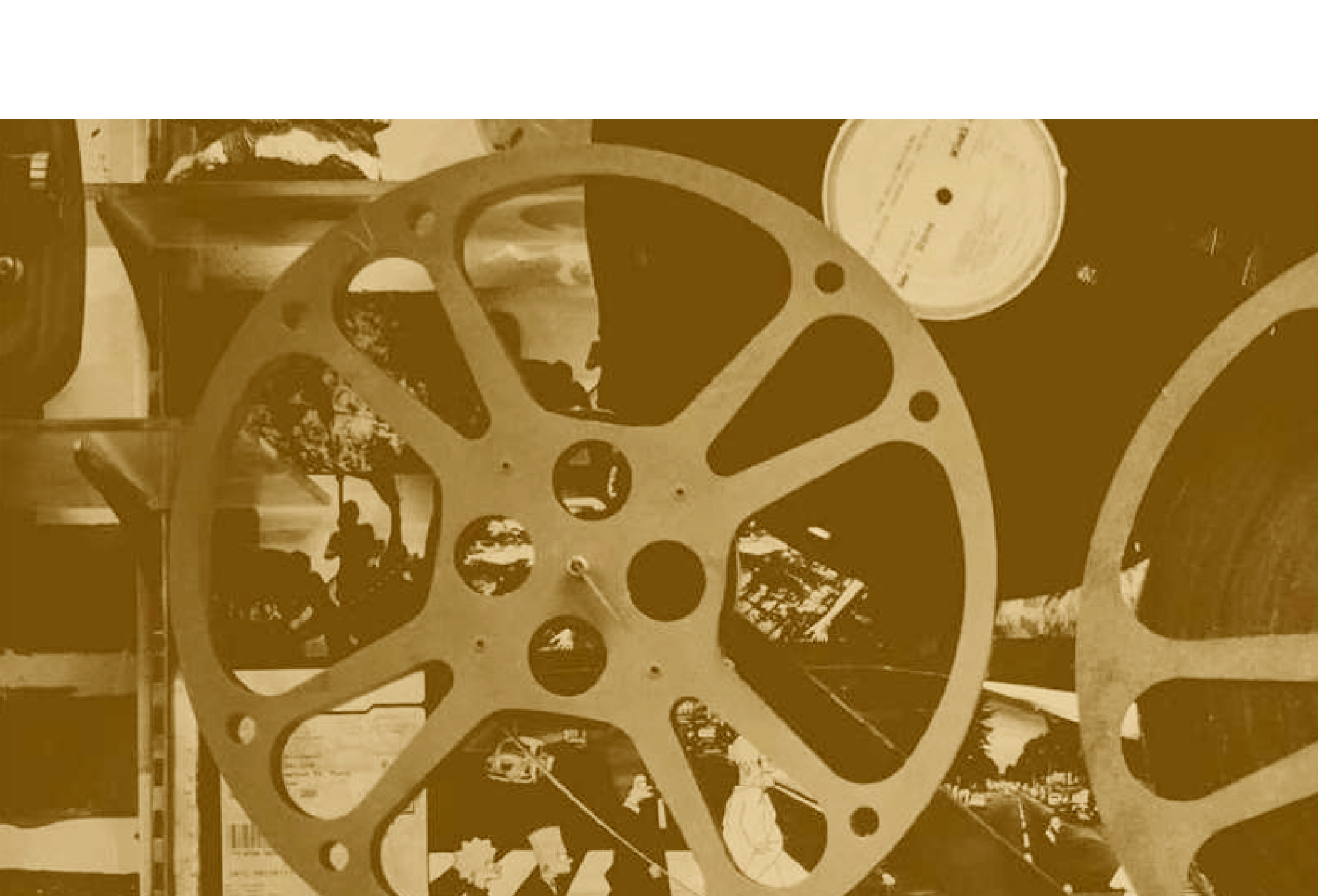
From actors like Madhubala, Nargis, Jayalalitha, Savitri, Sridevi, Vijayashanthi, Malashree, Ramya Krishnan to Priyanka Chopra, Kangana Ranaut, Nayantara, Divya Spandana (Ramya), Anushka Shetty, Indian cinema bears witness to showcasing women and their characteristics, their charm as well as power, their will to achieve, mental fortitude and the courage to rebel against all odds.
Read More“From being depicted as damsels in distress, waiting for the prince to rescue, to being powerful icons, women have taken a huge leap in cinema. Today’s actress is a woman of substance, a woman who stands for her rights, raises her voice against oppression, battles for her integrity and self-respect, and rebels against injustice,” asserts acclaimed actor Taapsee Pannu. She points out that her character in the movie Pink was one such and also the easiest role because the character was very close to her real-life persona –one who pursues her heart and doesn’t really care about what the world thinks. From essaying the character of Shabhana Khan in Baby to her latest character Amrita in Thappad, Taapsee has never shied away from stepping out of the stereotypical portrayal of women on and off-screen. She is among the new breed of actors, who are open to experimenting with cinematic characterization.
Today, the individualism of a woman in real life and the characters of the Indian woman depicted in cinema are closely entwined. The clichéd depiction of a woman, that ruled the roost in Indian films for several decades, has been witnessing a noteworthy transformation only in the recent times – be it the sensible and realistic daring journalist Rani Mukherjee from No One killed Jessica, a calm and composed spy Vidya Balan seeking revenge from Kahaani, the beautiful fearless princess Anushka Shetty from Arundathi, an empathetic and brave nurse Reema Kallingal from 22 Female Kottayam, secret agent Taapsee Pannu from Naam Shabana, a widow battling her carnal desires – Shruthi Hariharan from Naathicharami, five women Pooja Bhatt, Sahana Goswami, Amrutha Subash, Plabita Bhortakur and Aadya Anand from different walks of life from Bombay Begums, each of the characters broke the conservative mould, representing women who take the onus of their decisions, who do not conform to societal norms and excel in their professions. Actors playing such strong and independent female characters have been significant in turning the spotlight from just their physical attributes to their identities
“We are too distant from parity, but we are en route the right direction. There were hardly any female-centric films two decades ago, but now big budget movies with women as protagonists are being made and released on a wider scale. The perception of our audiences has changed and OTT has been a powerful influencer in this transformation. There is much less bias on the OTT releases and
that is why we have so many female-led films which are game-changers today,” believes south Indian award winning actor Parul Yadav whose journey from being a modest actress in Govindaya Namaha to an all-rounder in Kannada movies has been nothing short of a roller coaster ride. Parul has been crushing typecasts unapologetically by foraying into all aspects of films which is a rarity amongst the female actors in the South.
Films like Mother India, Bhumika, Damini, No One Killed Jessica, Kahaani, English Vinglish, Bucket List, Queen, Mardaani, Arundhati, Rudramadevi, Mary Kom, Pink, Lipstick under my Burkha, Tribhanga and many more have broken new ground with lead actresses in power-packed performances. In fact, it is only reinforcing the belief of filmmakers in womenoriented scripts.
ACTION CUT
Checkout OurFeatures
Action Cut
It’s not about just women-centric films, but women are also pulling strings on the silver screen by donning the director’s hat. Fatima Begum, who first achieved fame on the Urdu stage and went on to be recognized as the star of the Indian silent cinema era, is credited as the first woman film director of India when she carved the film Bulbul-e-Paristan in 1926
A few years ago, female filmmakers in Indian cinema were rare. However, today the industry takes pride in the new-generation female directors, who are generating a range of interesting ideas and artistic perspectives on the big screen. A former journalist and now a screenwriter and director in Kannada films, Suman Kittur is one such director in the Kannada film industry, who deviated from the conventional mould, by foraying into a delicate subject that even male directors were reluctant of exploring. Industry insiders were apprehensive that young and inexperienced directors like her chose to explore the cult underworld flicks like Aa Dinagalu and Edegarike. But when her movies were successful, the entire film fraternity cheered her, as did the public, who kept returning to the cinemas to watch her films.

-02 (2).png)
Action Cut
“I have been able to gain a better understanding of the audience’s expectations
from films. As a director, my motive is to weave a film that caters to the audience’s need for entertainment. The audience will enjoy the movie regardless of whether it is directed by a male or a female, if the right content is delivered,” says Suman, who has no qualms about being labelled as an offbeat category director for the kind of subjects she chooses. Directing films that challenge social stigma and being applauded by both the public and the critics is no small feat, but Suman has achieved it by tiptoeing her way up the ladder and stepping across the fray. “In today’s society, there is an equal representation of both men and women in many career fields, particularly in those that were once seen as exclusive to men,” signs off Suman.a woman? Director is a director regardless of the gender; it’s what I bring to the table that matters at the end of the day.”


